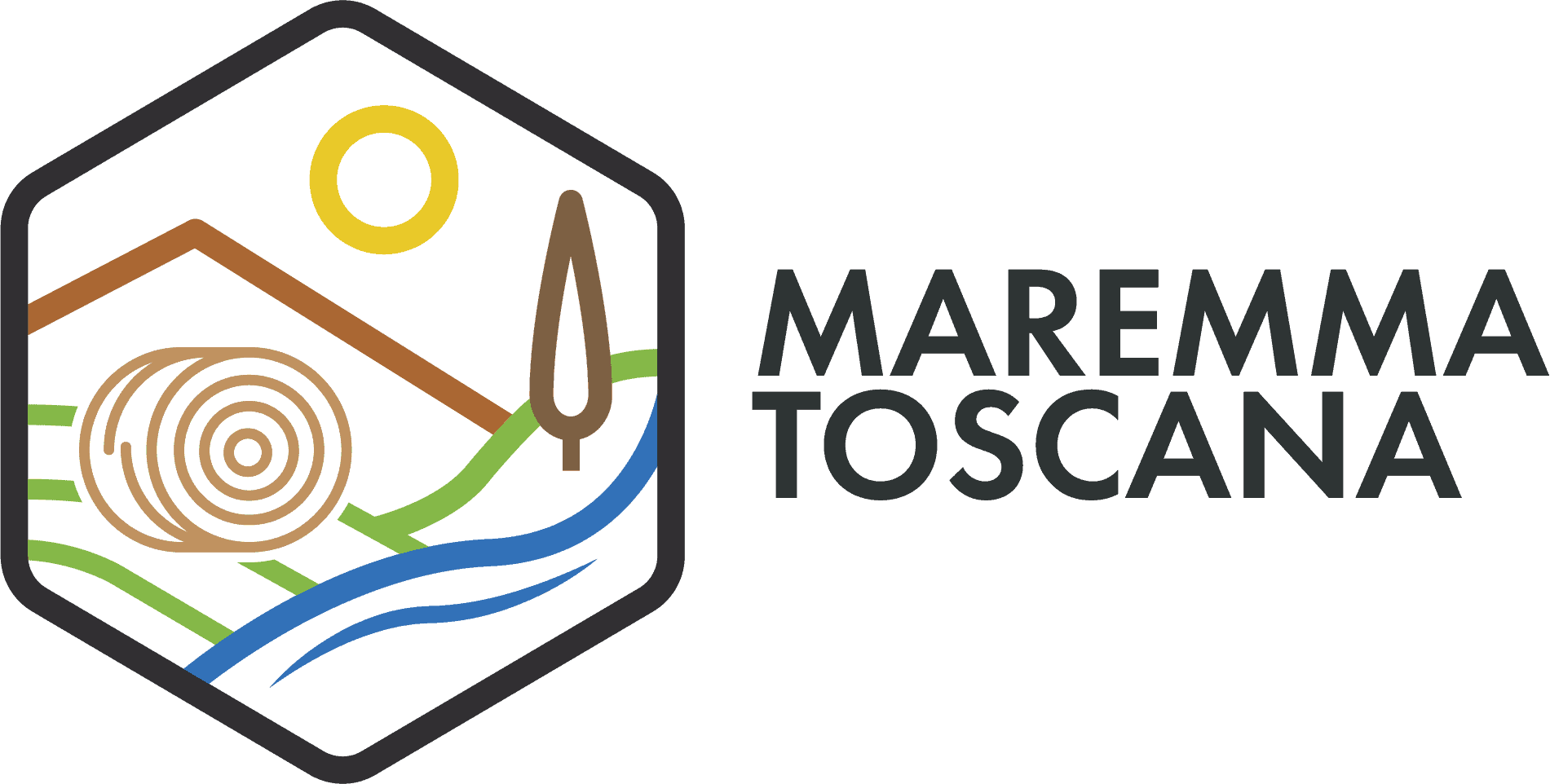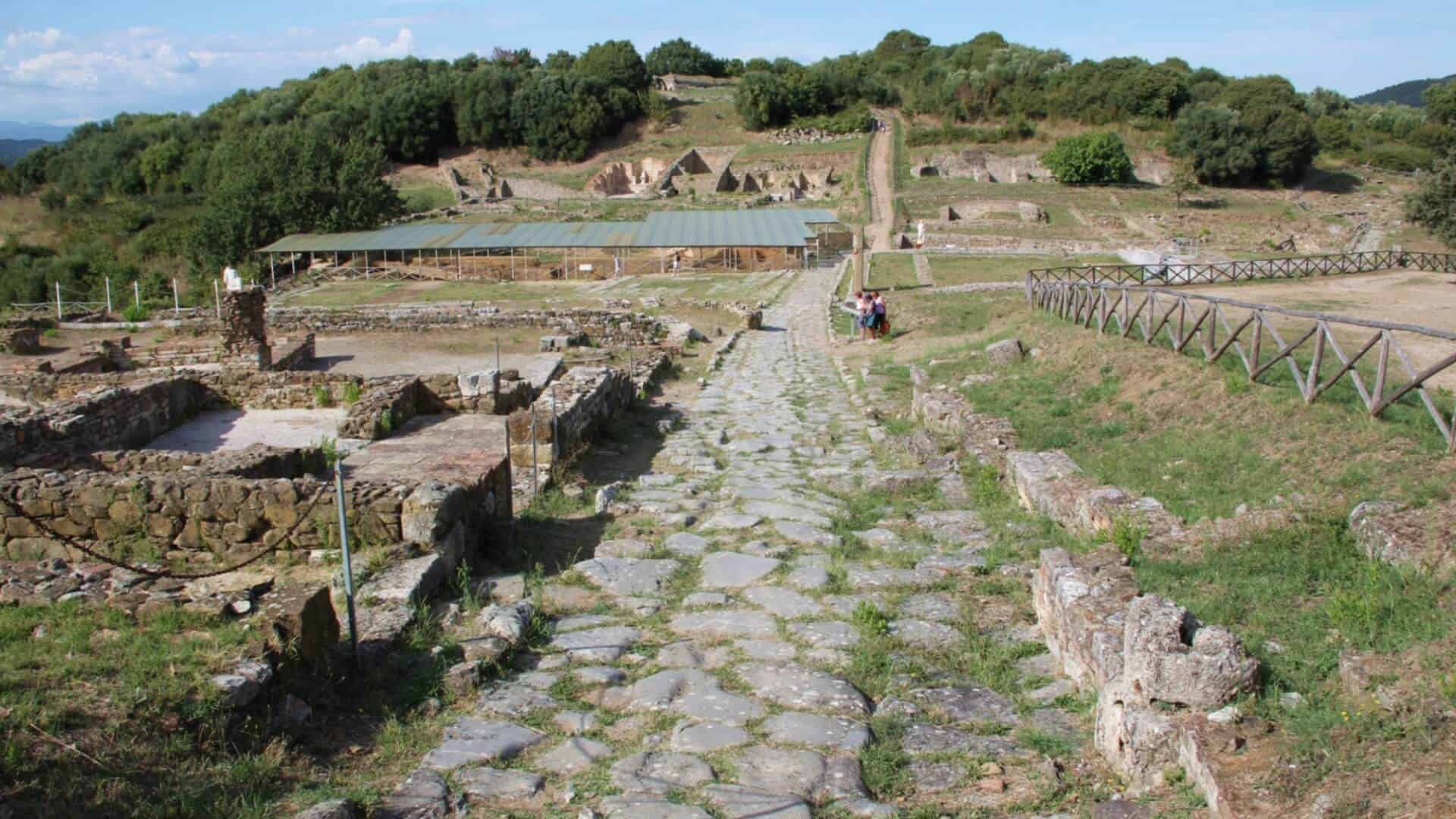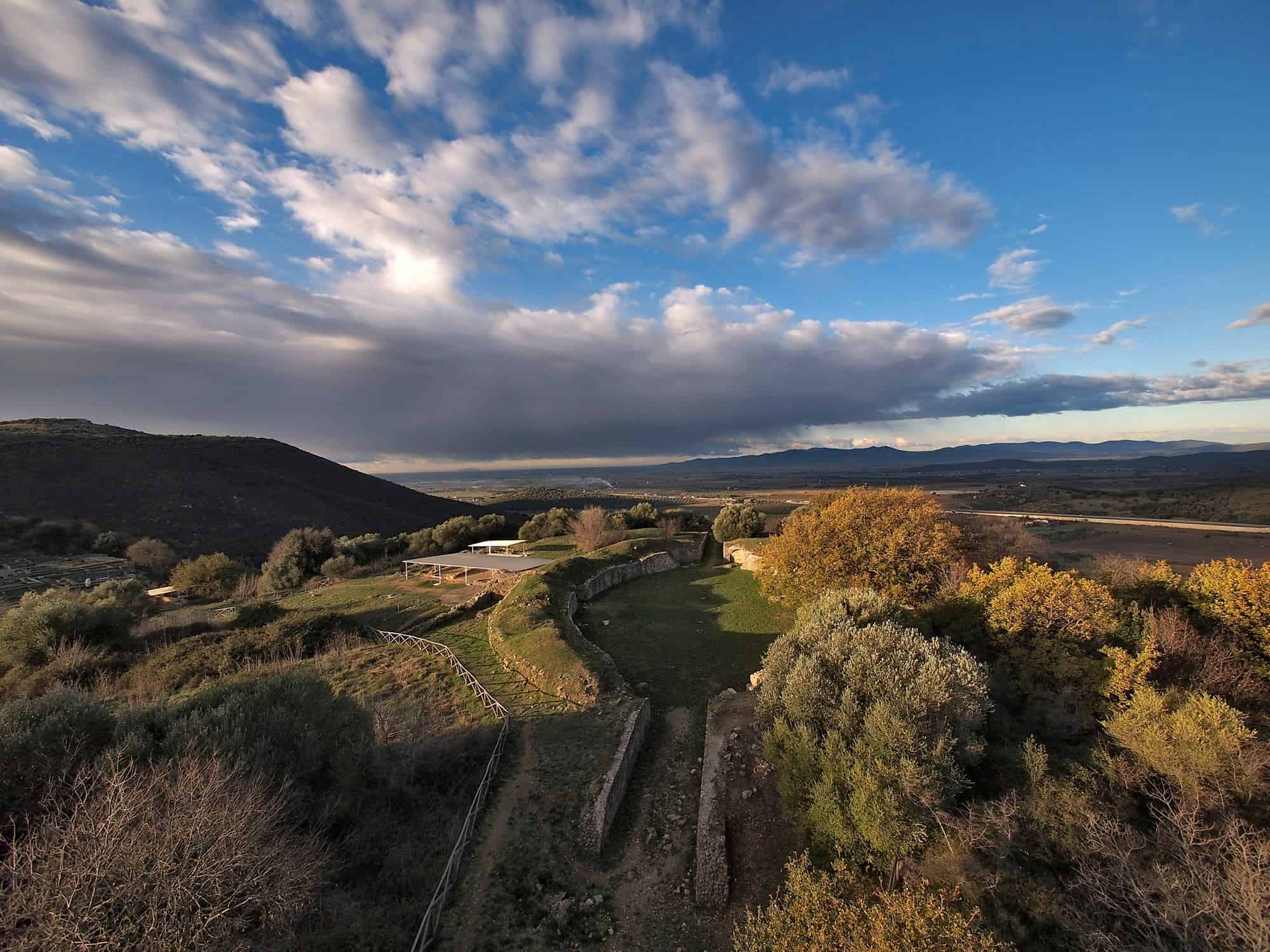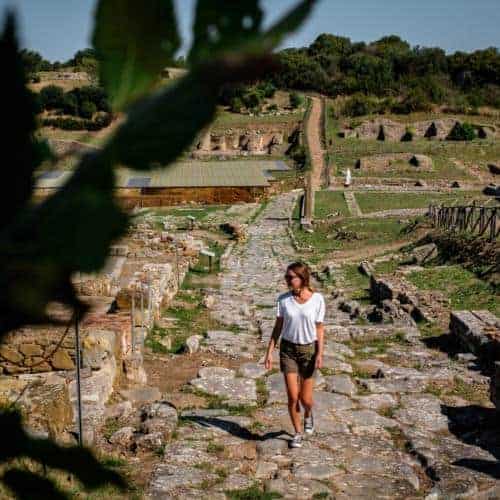Roselle: One of the Most Important Archaeological Sites in Maremma Tuscany
Roselle is one of the most significant archaeological areas in Maremma Tuscany, located 10 kilometers north of Grosseto. “Rusellae” was one of the first Etruscan cities in the region (7th century BC) and was Romanized in 294 BC.
The site of Roselle, shrouded in mysterious and profound silence, bears witness to a past long hidden in the Maremman scrubland, which has protected and preserved it for centuries. Situated at the foot of Poggio di Moscona, a few kilometers from the provincial capital Grosseto, it is one of the rare Etruscan settlements in Maremma Tuscany that is not occupied by modern dwellings, which has allowed archaeologists the freedom to conduct more in-depth studies and research. The charm of the place is also due to its unique location between the sea and Mount Amiata, surrounded by dense and fragrant Mediterranean vegetation. Ongoing and partial excavations have revealed some residential areas dating back to the 7th-6th centuries BC, along with important and rare insights into daily life in Etruscan urban centers, enabling us to understand this civilization not only through the objects found in necropolises. To date, the most significant discoveries in the archaeological area of Roselle include the “cyclopean” walls from the archaic period, the oldest and most complete in Etruria, a Hellenistic quarter, the Augustan Forum, the Domus dei Mosaics, the Amphitheater, and the Thermal Baths.
Roselle: A Fascinating Enigma of Contemporary Maremma Archaeology
The city of Roselle, included among the twelve city-states of the Etruscan Dodecapolis (known as Rusel in Etruscan), was founded by the Etruscans in the 7th century BC on a hill near the sea and on the eastern bank of Lake Prile (Lacus Prilius), which has since disappeared, with only a small part remaining in the Diaccia Botrona Nature Reserve. Due to its central position relative to Vetulonia, Volterra, Arezzo, and Chiusi, Roselle was a crossroads between northern and southern Etruria until the Roman conquest in 294 BC. In one of his writings, Pliny refers to the Ombrone as a navigable river, indicating that commercial activities may have originated from Roselle along the river route. With the Lex Iulia of 90 BC, the inhabitants acquired Roman citizenship, and in the imperial era, there was a resurgence of activities, as evidenced by the remaining monumental buildings. From the late 6th century, Roselle was one of the Byzantine strongholds in Tuscia until the Longobard conquest. It later became the first capital of the powerful Longobard family of the Aldobrandeschi and was sporadically inhabited until the 16th century.
The Archaeological Area of Roselle
Recent archaeological excavations have revealed the presence of two adjacent early oval-shaped public and sacred buildings under the pavement of the Roman Forum. This is just one of the latest surprises that the archaeological area of Roselle has revealed, as the excavated surface to date corresponds to only a small part of the ancient city. The entrance to the area is located at one of the seven gates in the impressive city walls, over 3 kilometers long (3270 meters) and on average 7 meters high, built by the Etruscans in the 6th century BC, still intact and fully accessible. Along the main Etruscan road, which was later maintained by the Romans, is the forum, paved with travertine and featuring numerous shops. On the east side is the Civic Basilica. Nearby is the Augusteum, accessible from the southern side of the forum, dedicated to the imperial family of Augustus, and the Domus dei Mosaics, a patrician house with beautifully decorated floors. On the north side of the ancient forum lies the Basilica of the Low Area. Going up the hill, you will find the monumental amphitheater, which was later reused as a castrum in the early Middle Ages, surrounded by the remains of an Etruscan residential area. To the east of the forum, there is a large thermal complex with rooms used as a frigidarium, tepidarium, and calidarium, transformed into a church in later times. To the south, among the remains of ancient homes, you’ll discover an artisan district with ceramic ovens.
Roselle Thermal Springs
The area of Roselle is famous for its thermal springs, which have been used since ancient times due to their very high temperature of 38 degrees Celsius and their beneficial properties. While there is no documented evidence of the size of the Roselle Thermal Springs, the place and its healing virtues are widely known.
Important Note: The archaeological area of Roselle is somewhat neglected (considering its significance). There are few signs and directions that guide visitors to various paths and archaeological remains. Therefore, it is advisable to obtain a guide before visiting to better understand how to navigate the area. During the summer, it’s essential to bring drinking water.
Resources on Roselle
- Pro Loco di Roselle – This association has been active since 2007 and is based at the historic Leopoldine Thermal Springs in Roselle.
- Grosseto – Roselle Archaeological Area – Information on the address, opening hours, prices, a description of the archaeological area, and photographs.






